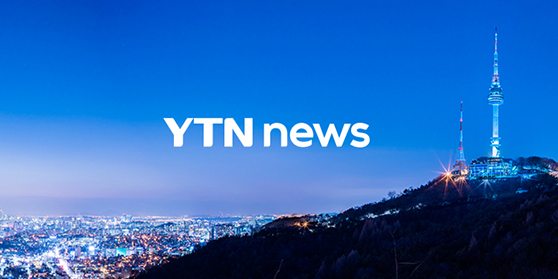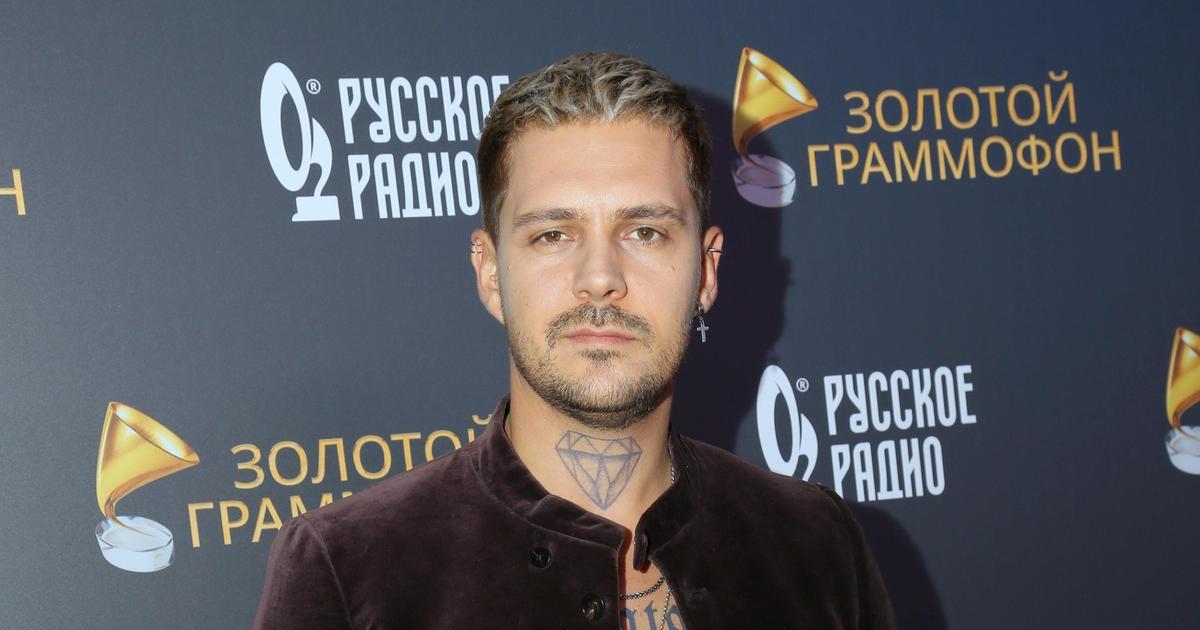Place
After that, Dragon smoothly separated from the rocket engine, began its own propulsion, and entered orbit towards the ISS.
NASA astronaut Nick Hague and Russian Federal Space Agency astronaut Aleksandr Gorbunov were on board this flight mission, named ‘Crew-9’.
This flight is the ninth ISS astronaut orbiting mission under NASA’s contract with SpaceX under the Commercial Crew Program.
In previous missions, the four seats in the space capsule were filled by four astronauts, but this time, the space capsule went to the ISS and returned with NASA astronauts Sunnie Williams and Butch Wilmore staying for the long term. allowed people on board.
Hague and Gorbunov, who took part in this mission, will perform around 200 tasks, including scientific experiments and technology demonstrations, on the ISS for six months and then return aboard the Dragon with Williams and Wilmore in February next year.
The US media refers to this Dragon flight as a rescue mission for the two astronauts, Williams and Wilmore.
Williams and Wilmore left Earth on June 5 for the Starliner’s first crewed test flight with a flight schedule of about eight days, but after docking with the ISS, several deficiencies were confirmed in the Starliner, which including a helium leak and thruster failure. The schedule to return to Earth is still being postponed.
NASA finally decided to use Space
As a result, the Crew-9 flight, which was scheduled to launch last month, was delayed by about a month, and two of the four astronauts had to go on table.
According to the space shuttle mission sharing agreement between NASA and Roscosmos, an astronaut from Roscosmos and one from NASA will remain on the mission.
Williams and Wilmore, whose return schedule was long and unpredictable, changed their status from temporary residents to regular ISS employees, and Williams, a veteran, even took on the role of ISS commander.
NASA Director Bill Nelson wrote on X (old Twitter) after the Dragon’s launch that day, “Congratulations to NASA and SpaceX on the successful launch.”
In 2014, NASA established a policy to entrust low-orbit transportation to the private sector to focus on deep space exploration, and signed a contract with Boeing and Space Contract for a space capsule with a team worth 410 billion won. signed.
Since then, the Dragon has been developed by Space
YTN Hwang Bo-hrian ([email protected])
※ ‘Your report will be news’
[카카오톡] Search YTN and add a channel
[전화] 02-398-8585
[메일] [email protected]


